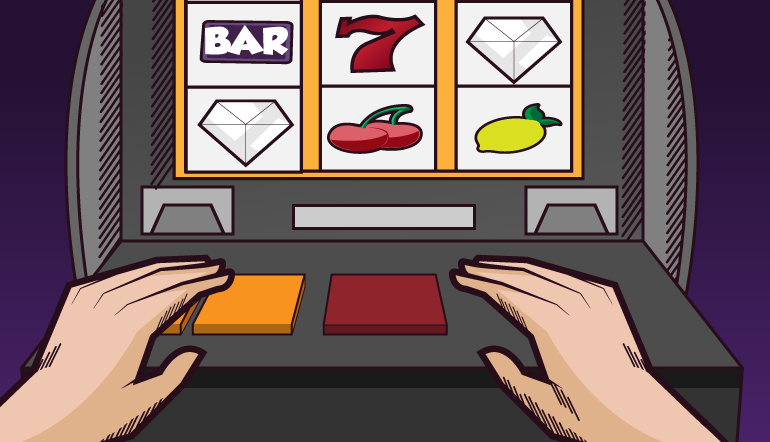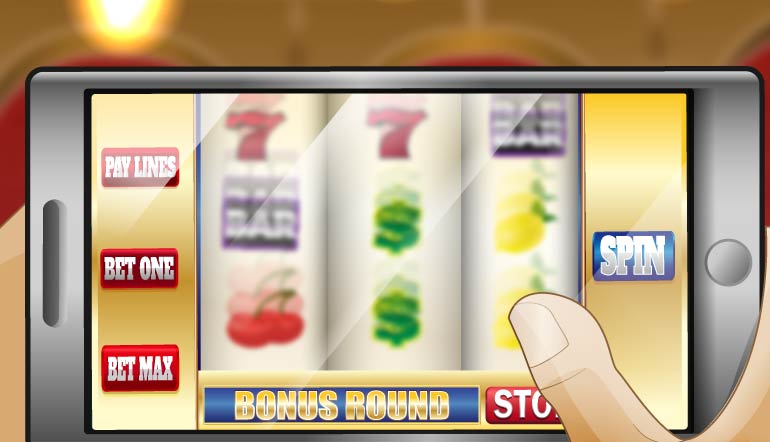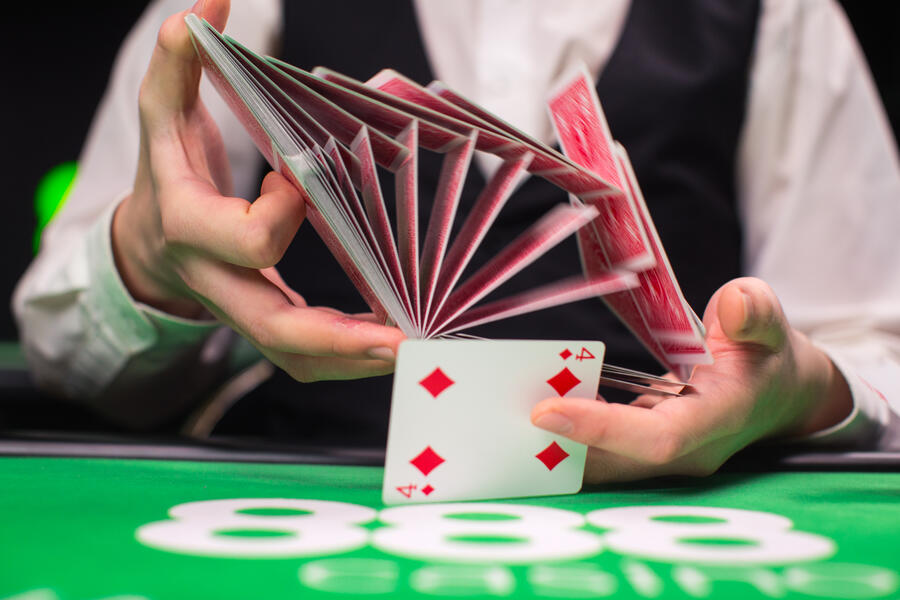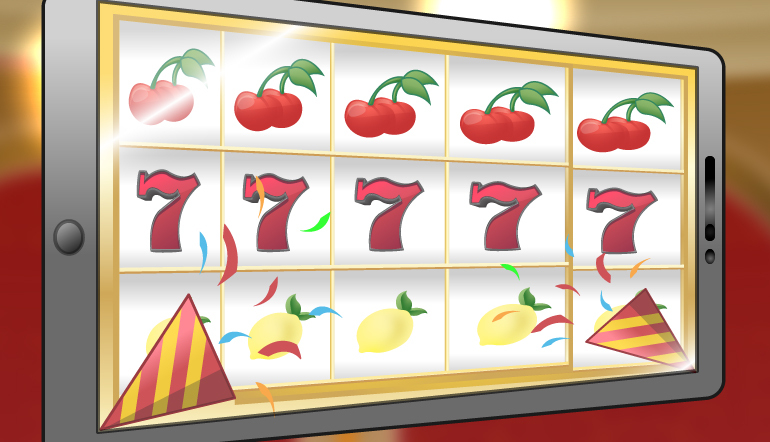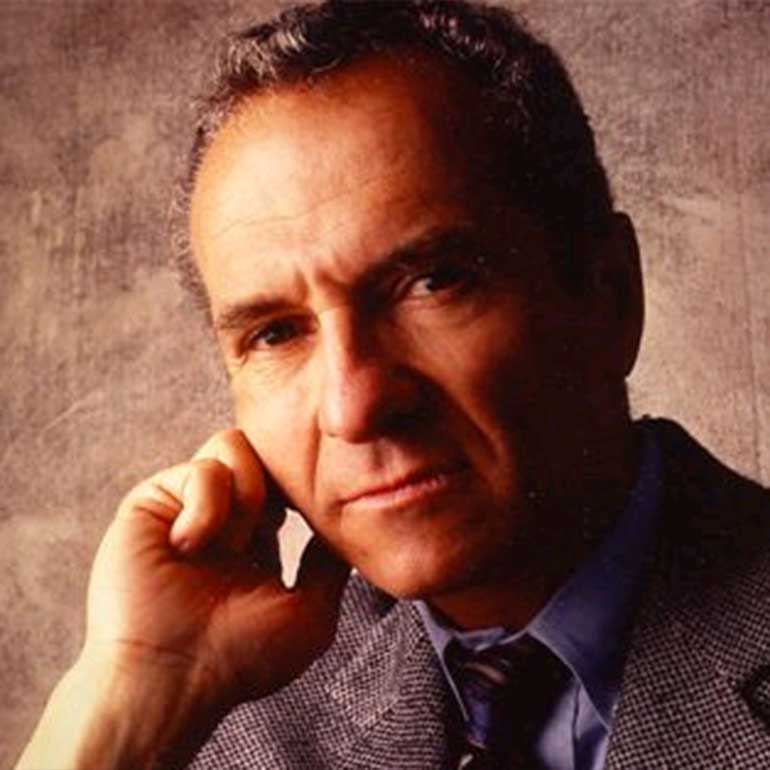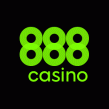Multi-Strike Poker has been with us since the early 2000s – multiple lifetimes as electronic casino games go. That it’s held onto a niche in casinos and is also available on online casino after all this time speaks to the quality the concept.
It’s an intriguing game that can create some huge wins, but getting the most out of Multi-Strike requires some changes from normal video poker strategy.
THE BASICS OF MULTI-STRIKE POKER
Multi-Strike, which was created by Leading Edge Design and is distributed by International Game Technology, is available in many of IGT’s video poker game families. You can play Multi-Strike versions of games including Jacks or Better, Bonus Poker, Double Bonus Poker, Double Double Bonus Poker, Bonus Poker Deluxe and Deuces Wild.
- You have the opportunity to play four hands per play, but that is not guaranteed.
- Accordingly, the maximum bet usually is 20 credits – four times the usual five-credit max.
- That buys you a chance to advance through hands that pay one, two, four and eight times normal payoffs.
- You advance by either winning or getting a randomly dealt free pass.
- Lose at the 1x level, and you’re done. You’ve lost 20 coins for one hand. That’s the downside. The upside is that if you win at video poker or get a free pass at the 1x level, you’re dealt a 2x hand. Win or get a free pass there, and you get to play a 4x hand, and a win or free pass there brings you the 8x hand.
- There’s potential gold in that hill. At the 8x level, a royal flush isn’t worth just 4,000 coins, or $1,000 on a 25-cent machine. It’s worth 32,000 coins, an $8,000 bonanza for a 25-cent player, plus any winnings at the lower levels.
- Even smaller pays become nice bankroll padders as you move up the latter. If at each level you just got a pair of Jacks – normally a five-credit pay for a five-coin bet --- you’d get five credits at the 1x hand, 10 at 2x, 20 at 4x and 40 at 8x for a total of 75 credits. That’ll keep you going for a few hands.
MULTI-STRIKE POKER ODDS
If winning hands were the only way to advance, Multi-Strike would be a much tougher game. To use 9-6 Jacks or Better as an example, about 45.4 percent of hands are winners given optimal strategy.
To make Multi-Strike an attractive game for players, Leading Edge added free passes to move you up a level. They occur often enough that you’ll advance from each level about 50 percent of the time.
That means you have a 1 in 2 chance of reaching the 2x hand, a 1 in 4 chance of reaching the 4x hand and a 1 in 8 chance of reaching the 8x hand.
Payoffs at higher levels raise the overall payback percentages of the games, if only slightly. Instead of the usual 99.5 percent with expert play, 9-6 Jacks or Better pays 99.8 percent on Multi-Strike. Percentages on 8-5 Bonus Poker rise from 99.2 percent to 99.4 percent, and 9-6 Double Double Bonus Poker rises from 99 percent to 99.2 percent.
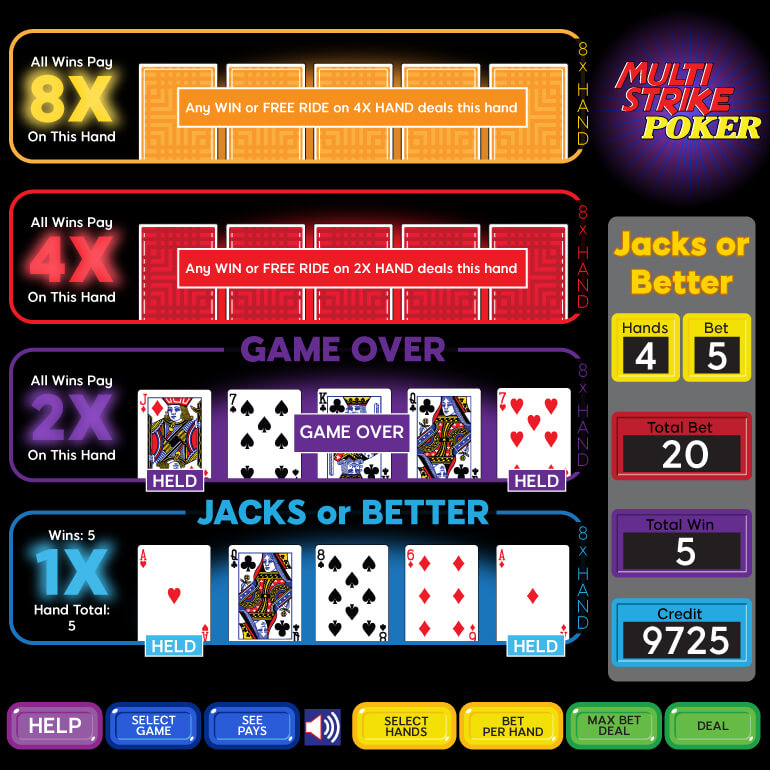
STRATEGY ADAPTATIONS
The big potential paybacks mean players need to prioritize advancing at early levels.
Instead of the best play being the one that will bring the highest average return, that has to be tempered with plays that bring more frequent wins.
One feature of regular video poker strategy is that the play that wins most often doesn’t necessarily win the most money.
Let’s use 9-6 Jacks or Better as an example. Holding low pairs from 2s through 10s win less often than holding one or more unpaired high cards. But the low pairs bring a higher average return, so they rank higher than unpaired Jacks or higher on strategy charts.
In Multi-Strike, the need to advance is so strong that if you have two or more unpaired high cards at the 1x level, you’ll want to hold them instead of a low pair.
The strategy switches change at each level. The higher you get, the fewer changes are called for until at the 8x level, Multi-Strike strategy is the same as single-hand strategy.
Specifics change depending on game, but a grounding in 9-6 Jacks or Better strategy is a good place to start. Check out a sampling of how Multi-Strike strategy changes from level to level in that game.
1X LEVEL
Four parts of a straight flush: In regular 9-6 Jacks or Better, you’d hold a hand such as 8-9-10-Jack of another suit even if the fifth card was another Jack. In Multi-Strike, it’s better to hold a high pair to guarantee advancing a level.
There is an exception. If your four parts of a straight flush are 10-Jack-Queen-King, then you have a chance with a royal with an Ace as well as a straight flush with a 9. In that case, you’d still hold all four instead of a high pair.
Low pair: Here’s where the most frequent strategy differences come. In normal Jacks or Better strategy, hands that rank higher than low pairs are any paying hand; four parts of a royal or straight flush; three parts of a royal; four parts of a flush; and 10-Jack-Queen-King of mixed suits.
But in Multi-Strike, high cards have extra value because of the advancement factor. Adapted strategy doesn’t call for you to hold single high cards instead of low pairs, but it does call for discarding low pairs to hold any two high cards.
Given a hand such as 8 of spades, 8 of diamonds, 3 of clubs, Jack of hearts and Ace of spades, you’d hold 8-8 in regular Jacks or Better. In Multi-Strike, you hold Ace-Jack instead to maximize chances of getting to the 2x level.
High cards of the same suit are more valuable than high cards of different suits because they leave open royal flush and straight flush possibilities. But regardless of whether the suits are mixed, holding two or more high cards instead of a low pair is a play to make at the 1X Multi-Strike level.
A note on multiple high cards: Unless they’re the same suit, leaving royal flush possibilities,
Four parts of a straight: Except in rare instances, Multi-Strike players don’t hold four parts of a straight.
The most valuable four-card straight with no straight flush possibilities is 10-Jack-Queen-King of mixed suits. That’s not as good a hold as four-card flushes or three parts of a royal, but it’s better than low pairs, two or more high cards of mixed suits or two high cards of the same suit.
On other four-card straights including high cards, the high cards are more valuable at this level than the straight potential. For example, a chart at wizardofodds.com lists the expected value of 8-9-10-J as 1.68 coins, but lists the Jack by itself at 1.79.
Even the four-card straight Ace-King-Queen-Jack misses the strategy list at this level. It’s better to play King-Queen-Jack.
With no high cards, discard four-card straights at this level.
2X LEVEL
At this level, you’re still holding high pairs instead of four-card straight flushes except for 10-Jack-Queen-King, and you’re still holding two or more high cards instead of low pairs.
The main difference comes on straights. Four-card open-ended straights with no high cards, such as 4-5-6-7, don’t rank high on the strategy table, but they’re not throwaway hands. If the hand also includes a high card or a pair, hold that while breaking up the straight. If not, go for the straight.
4X LEVEL
With four times pay and only one more level to advance, strategy starts to become more like regular Jacks or Better.
Four-card straight flushes: Revert to holding a four-card, open-ended straight flush such as 7-8-9-10 of the same suit instead of a high pair.
However, continue to hold a high pair if you have an inside draw to a four-card straight flush, such as 7-8-10-Jack suited and a Jack of another suit.
Low pairs: At earlier levels, low pairs were pushed behind multiple high cards regardless of whether they were suited or of mixed suits.
At 4x level, three-card royals remain ahead of low pairs. So does the four-card open-ended straight 10-Jack-Queen-King of mixed suits.
However, low pairs move ahead of two high cards, suited or unsuited, and three or four unsuited high cards.
Four parts of a straight: Ace-King-Queen-Jack of mixed suits returns to the strategy list. At 4x level, it’s a better play than King-Queen-Jack.
Also, 8-9-10-Jack of mixed suits is a better play than holding the Jack by itself. However, with multiple high cards such as 9-10-Jack-Queen, it remains better to hold the high cards and skip the straight draw.
8X LEVEL
Advancing ceases to be factor when there are no more levels to advance. At the top tier, your best play is to follow regular optimal strategy for 9-6 Jacks or Better.
Specific plays and adjustments will differ for other games. Every video poker game has its own quirks. But basics from Multi-Strike Jacks or Better – especially downplaying low pair and straight draws at early levels – will help you get the most out of any Multi-Strike game.


